Demographics
Pharos is divided into 9 semi-autonomous states and 2 districts, all members of the Federal Republic of Pharos. These are:
- AURORA - Olympic Republic of Aurora, capital: Trandor
- CENTRALIA - State of Centralia, capital: Nobel
- COLUMBIA - State of Columbia, capital: Mandras
- CONCORDIA - State of Concordia, capital: Victoria
- DIACRIA - Federation of Diacria, capital: Satemberg
- DICELAND - Republic of Diceland, capital: Holborn
- HINJI - The land of Hinji, capital: Oamaru
- SOLARIA - State of Solaria, capital: Villemstad
- S.P.R. - South Pharos Republic, capital: Gilbey Town
- GROEN - Groen district, capital: Eptapolis
- CAPITAL - Capital district, Hilvar
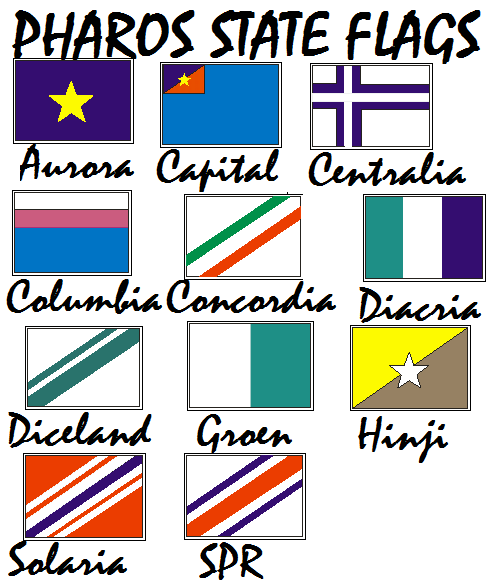
Pharos' federal structure divides government responsibilities between the federal government and the nine states. State legislatures are unicameral and operate in parliamentary fashion similar to the Federal Parliament. Pharos' two districts also have legislatures, but these are not sovereign and have fewer constitutional responsibilities than the states and with some structural differences. The states and districts are divided into counties which in many cases follow electorate boundaries and vice versa. The counties have limited authorities, mainly concentrated in public safety.
The states are responsible for most of Pharos' social programs (such as health care, education, and welfare) and together collect more revenue than the federal government, an almost unique structure among federations in the world. Using its spending powers, the federal government can initiate national policies in provincial areas, such as the Pharos Health Act; the states can opt out of these, but rarely do so in practice. Equalization payments are made by the federal government to ensure that reasonably uniform standards of services and taxation are kept between the richer and poorer states.
The Cities
There are 13 cities over 200,000 people and another 9 over 100,000. Traditionally, Pharonians prefer to live in smaller communities than larger cities. There are a lot of towns (154 according to the last census of 2025) over 20,000 people.
------------------------------------------------------------------------------------------------------------------------------
Hilvar
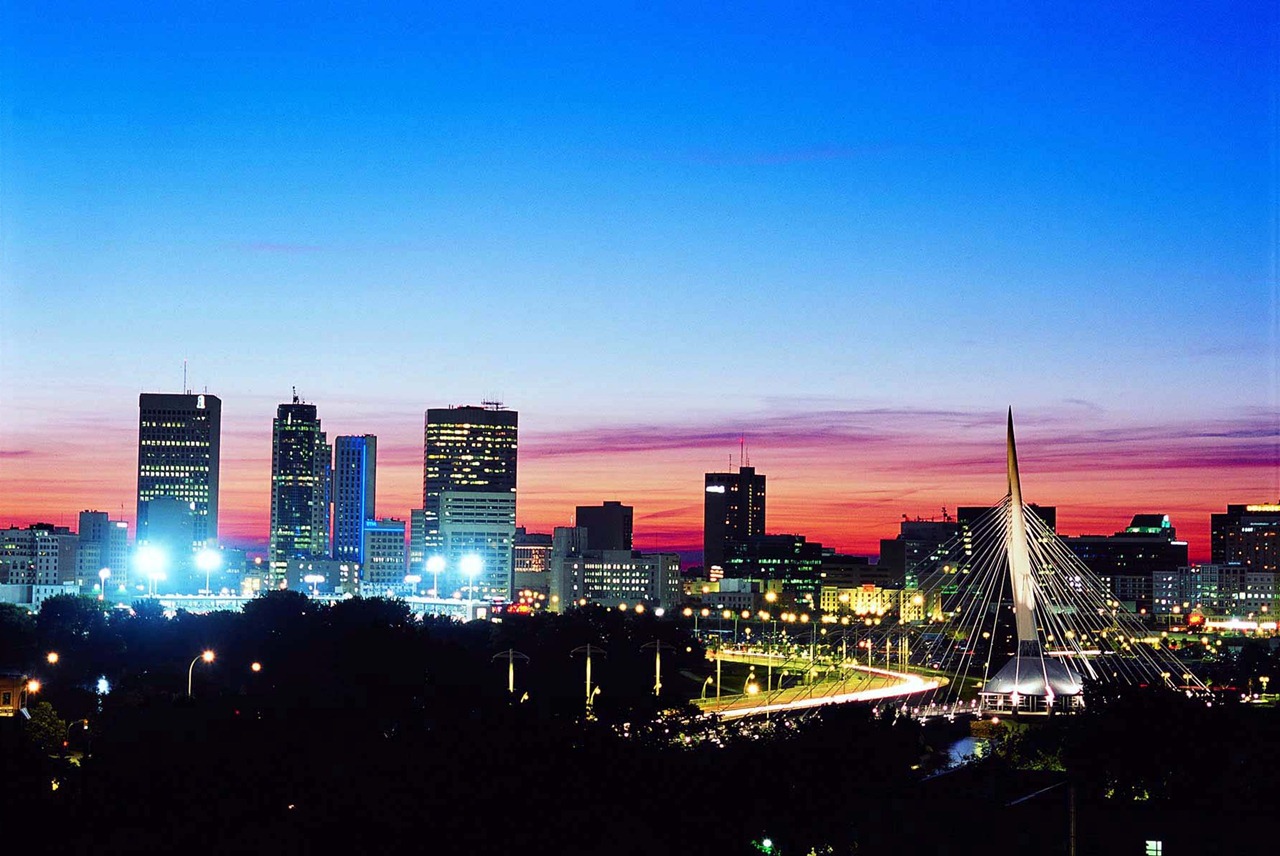 Hilvar is the capital of the Federal Republic of Pharos. It has a population of 473.903 people (2025 census). It is situated in the center of the island and is the seat for almost all federal government agencies as well as the Federal Parliament. Hilvar was first settled by the Greek and Carthaginian settlers of Nobila and its first name was Olius or Oelus. It was a small fortified village of farmers, who were trading mainly with the city of Nobila. Most of the noble families of Nobila had land in the area. Around 19 BC the Cantabri and the Astures invaded Pharos and occupied the area that is today Hinji and Columbia. In one of the Cantabri strikes - around 2 BC - on the township of Olius, a now famous incident occurred when a dog repelled a night attack of Cantabri by killing their leader. The township was named Hilvar, after this dog, and developed to become the capital of Pharos in modern times. After the Norwegian conquest of Pharos, the Norse founded the Sip Lyg, a Pharonian Commonwealth Parliament, having its base in Hilvar. When Elisabeth I established the English authority in Pharos, she chose Hilvar to be the island's capital in the year 1599. Hilvar was the capital of the Dominion of Pharos when it formed in 1707. When the Free State of Centralia was proclaimed in 1936, Hilvar lost its status as capital, as Satemberg was named Pharonian capital with Nobel as the Centralian one. In 1966 Hilvar became the seat of the Joint Council as it was instituted by the so called Confederacy Treaty. It became the capital city of Pharos inside a separate territory known as Capital District on June 1st 1975 when the Federal Republic of Pharos was proclaimed.
Hilvar is the capital of the Federal Republic of Pharos. It has a population of 473.903 people (2025 census). It is situated in the center of the island and is the seat for almost all federal government agencies as well as the Federal Parliament. Hilvar was first settled by the Greek and Carthaginian settlers of Nobila and its first name was Olius or Oelus. It was a small fortified village of farmers, who were trading mainly with the city of Nobila. Most of the noble families of Nobila had land in the area. Around 19 BC the Cantabri and the Astures invaded Pharos and occupied the area that is today Hinji and Columbia. In one of the Cantabri strikes - around 2 BC - on the township of Olius, a now famous incident occurred when a dog repelled a night attack of Cantabri by killing their leader. The township was named Hilvar, after this dog, and developed to become the capital of Pharos in modern times. After the Norwegian conquest of Pharos, the Norse founded the Sip Lyg, a Pharonian Commonwealth Parliament, having its base in Hilvar. When Elisabeth I established the English authority in Pharos, she chose Hilvar to be the island's capital in the year 1599. Hilvar was the capital of the Dominion of Pharos when it formed in 1707. When the Free State of Centralia was proclaimed in 1936, Hilvar lost its status as capital, as Satemberg was named Pharonian capital with Nobel as the Centralian one. In 1966 Hilvar became the seat of the Joint Council as it was instituted by the so called Confederacy Treaty. It became the capital city of Pharos inside a separate territory known as Capital District on June 1st 1975 when the Federal Republic of Pharos was proclaimed.
-------------------------------------------------------------------------------------------------------------------------
Mandras
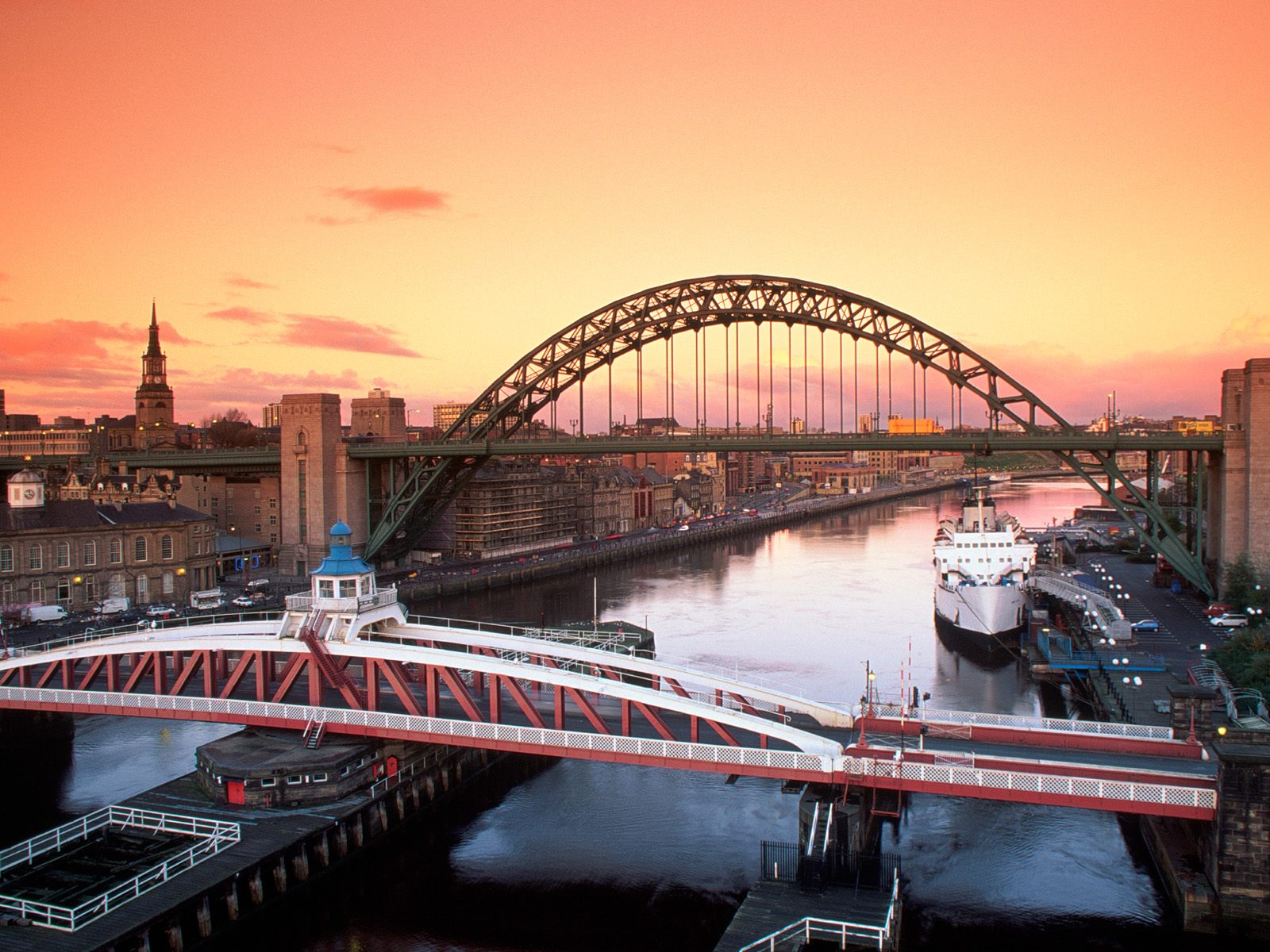 Mandras, the capital of Columbia in the west coast is the largest city of Pharos (population 528,471 people, 2025 census). It is the main port for USA/Canada-bound passengers and goods. Historically a part of North Hinji area, it is situated mostly on the north bank of the River Mosel. The city developed in the area that was the location of an Astures settlement called Pons Supertii, though it owes its name to the castle built in 1081, by Hano Mandrasson. The city grew as an important center for the wool trade and it later became a major coal mining area. The port developed in the 16th century and, along with the shipyards lower down the river, was amongst the world's largest shipbuilding and ship-repairing centers. These industries have since experienced severe decline and closure, and the city today is largely a business and cultural center, with a particular reputation for nightlife. Like most cities, Mandras has a diverse cross section, from areas of poverty to areas of affluence. Among its main icons are Mandras Brown Ale, a leading brand of beer, Zaria FC, a Football League team, and the Mosel Bridge. It has hosted the world's most popular half marathon, the Great Atlantic Run, since it began in 1981.
Mandras, the capital of Columbia in the west coast is the largest city of Pharos (population 528,471 people, 2025 census). It is the main port for USA/Canada-bound passengers and goods. Historically a part of North Hinji area, it is situated mostly on the north bank of the River Mosel. The city developed in the area that was the location of an Astures settlement called Pons Supertii, though it owes its name to the castle built in 1081, by Hano Mandrasson. The city grew as an important center for the wool trade and it later became a major coal mining area. The port developed in the 16th century and, along with the shipyards lower down the river, was amongst the world's largest shipbuilding and ship-repairing centers. These industries have since experienced severe decline and closure, and the city today is largely a business and cultural center, with a particular reputation for nightlife. Like most cities, Mandras has a diverse cross section, from areas of poverty to areas of affluence. Among its main icons are Mandras Brown Ale, a leading brand of beer, Zaria FC, a Football League team, and the Mosel Bridge. It has hosted the world's most popular half marathon, the Great Atlantic Run, since it began in 1981.
---------------------------------------------------------------------------------------------------------------------------------
Nobel
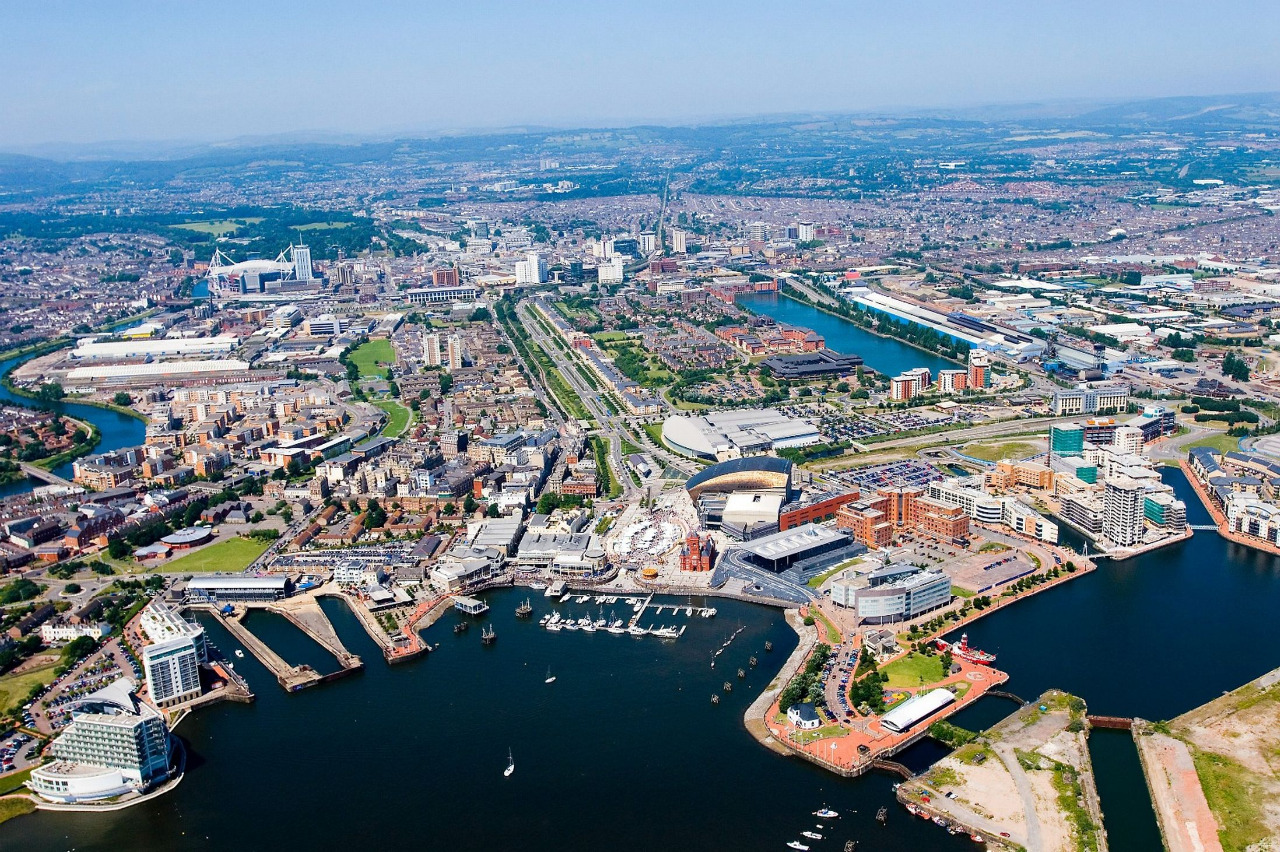 Nobel, Pharos' second largest city (population 474.324 people, 2025 census), is the capital of Centralia and the major port to the east. It has been an historic capital for Pharonians and the main gate to Europe and the British isles. Nobel is a significant tourism center and the most popular visitor destination in Pharos with 18.3 million visitors in 2010. Nobel is ranked 6th in the World in the National Geographic's alternative tourist destinations. Nobel has the largest port and the largest and busiest airport in Pharos. Current developments include the continuation of the redevelopment of the Nobel Bay and city center areas with projects such as the International Sports Village, a TelePro drama village, and a new business district in the city center.
Nobel, Pharos' second largest city (population 474.324 people, 2025 census), is the capital of Centralia and the major port to the east. It has been an historic capital for Pharonians and the main gate to Europe and the British isles. Nobel is a significant tourism center and the most popular visitor destination in Pharos with 18.3 million visitors in 2010. Nobel is ranked 6th in the World in the National Geographic's alternative tourist destinations. Nobel has the largest port and the largest and busiest airport in Pharos. Current developments include the continuation of the redevelopment of the Nobel Bay and city center areas with projects such as the International Sports Village, a TelePro drama village, and a new business district in the city center.
-------------------------------------------------------------------------------------------------------------------------------------
Victoria
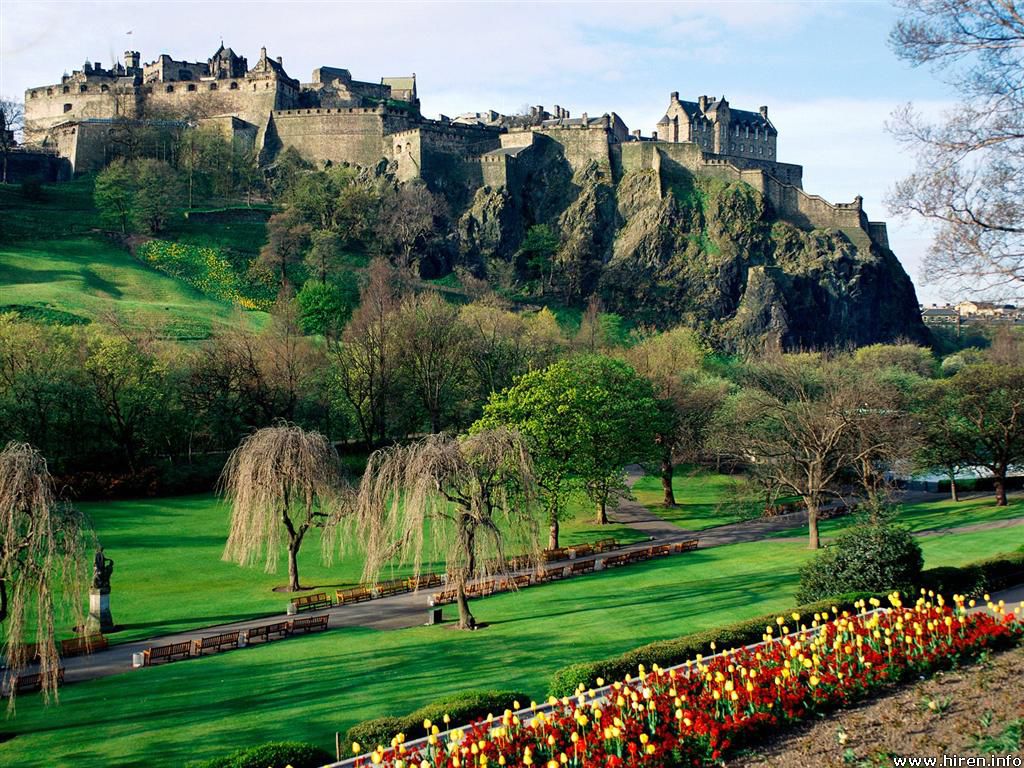 Victoria, the Concordian capital (population 408.547 people, 2025 census) is an historic city and major port in the south-east. It is built in a fortified position overlooking the gulf of Vigo and is a major port to continental Europe and Britain. Built originally as Marina in a location southern its present site, Victoria played a major role in the Pharonian History. Its fortified position gave the city great power and is now considered as an historic site for Pharos. Victoria is the seat of the Concordian Parliament and Government. The city was one of the major centers of the Enlightenment, led by the University of Victoria, earning it the nickname Athens of the Atlantic. The Old Town and New Town districts of Victoria were listed as a UNESCO World Heritage Site in 1995. There are over 4,500 listed buildings within the city. In May 2010, it had a total of 40 conservation areas covering 23% of the building stock and 23% of the population, the highest such ratios of any major city in Pharos. The city is well-known for the annual Victoria Festival, a collection of official and independent festivals held annually over about four weeks from early August. The number of visitors attracted to Victoria for the Festival is roughly equal to the settled population of the city. The most famous of these events are the Victoria Fringe (the largest performing arts festival in the world), the Victoria International Festival, the Victoria Military Tattoo, and the Victoria International Book Festival. Other events include the Ogman street party and the Beltane Fire Festival. Victoria attracts 1 million overseas visitors a year, making it the most visited tourist destination in Pharos, after Nobel.
Victoria, the Concordian capital (population 408.547 people, 2025 census) is an historic city and major port in the south-east. It is built in a fortified position overlooking the gulf of Vigo and is a major port to continental Europe and Britain. Built originally as Marina in a location southern its present site, Victoria played a major role in the Pharonian History. Its fortified position gave the city great power and is now considered as an historic site for Pharos. Victoria is the seat of the Concordian Parliament and Government. The city was one of the major centers of the Enlightenment, led by the University of Victoria, earning it the nickname Athens of the Atlantic. The Old Town and New Town districts of Victoria were listed as a UNESCO World Heritage Site in 1995. There are over 4,500 listed buildings within the city. In May 2010, it had a total of 40 conservation areas covering 23% of the building stock and 23% of the population, the highest such ratios of any major city in Pharos. The city is well-known for the annual Victoria Festival, a collection of official and independent festivals held annually over about four weeks from early August. The number of visitors attracted to Victoria for the Festival is roughly equal to the settled population of the city. The most famous of these events are the Victoria Fringe (the largest performing arts festival in the world), the Victoria International Festival, the Victoria Military Tattoo, and the Victoria International Book Festival. Other events include the Ogman street party and the Beltane Fire Festival. Victoria attracts 1 million overseas visitors a year, making it the most visited tourist destination in Pharos, after Nobel.
--------------------------------------------------------------------------------------------------------------------------------
Satemberg
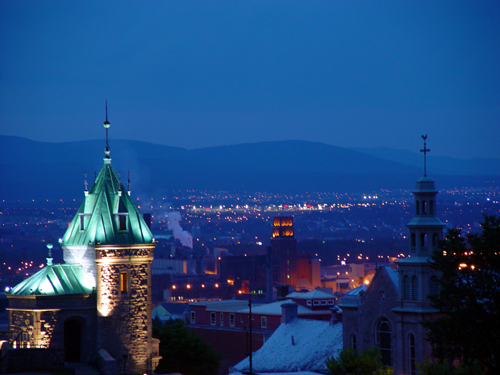 Satemberg is the capital of the Federal Republic of Diacria. It was built by the Norse settlers in the place of ancient Diacrian capital Satea, a few years after its destruction by the Vikings. Satemberg is situated by the Lake Diacria and is the "capital of the north", an intellectual center with Pharos' most prominent Universities. It has a population of 271.209 people (2025 census).
Satemberg is the capital of the Federal Republic of Diacria. It was built by the Norse settlers in the place of ancient Diacrian capital Satea, a few years after its destruction by the Vikings. Satemberg is situated by the Lake Diacria and is the "capital of the north", an intellectual center with Pharos' most prominent Universities. It has a population of 271.209 people (2025 census).
-------------------------------------------------------------------------------------------------------------------------------
Villemstad
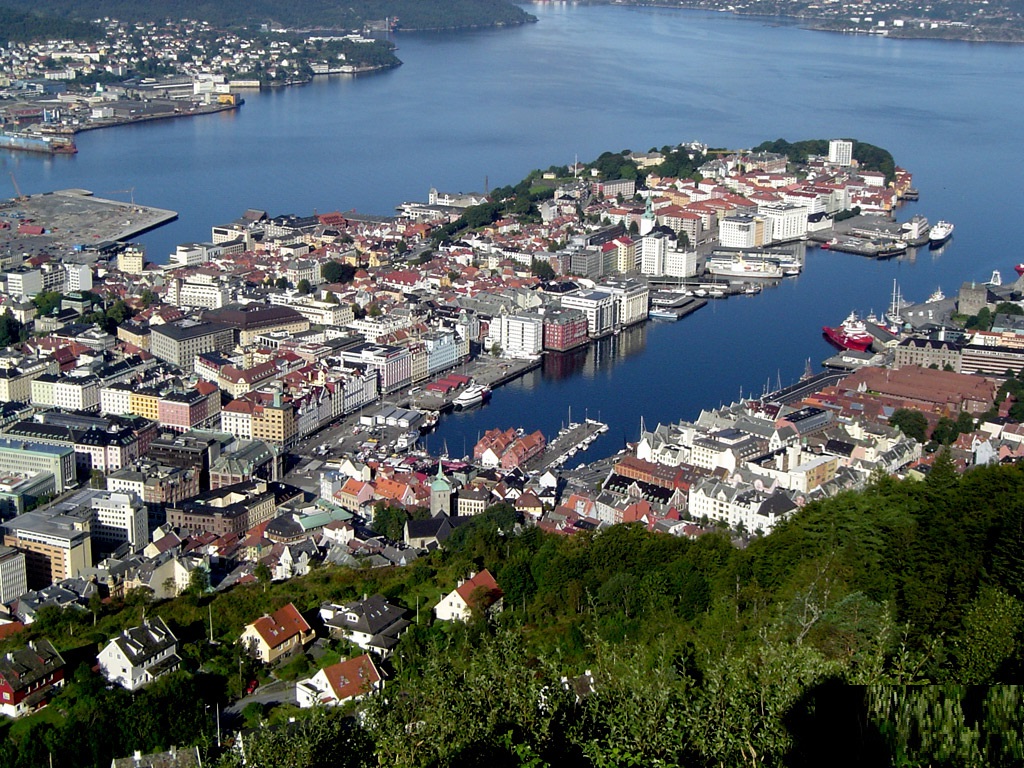 Villemstad, Solarian capital and a major Nordic fortress in the past, is the largest city in the north, with a population of 288.111 people (2025 census). It was established by the Norse settlers in the 10th century AD.
Villemstad, Solarian capital and a major Nordic fortress in the past, is the largest city in the north, with a population of 288.111 people (2025 census). It was established by the Norse settlers in the 10th century AD.
------------------------------------------------------------------------------------------------------------------------------
Gilbey Town
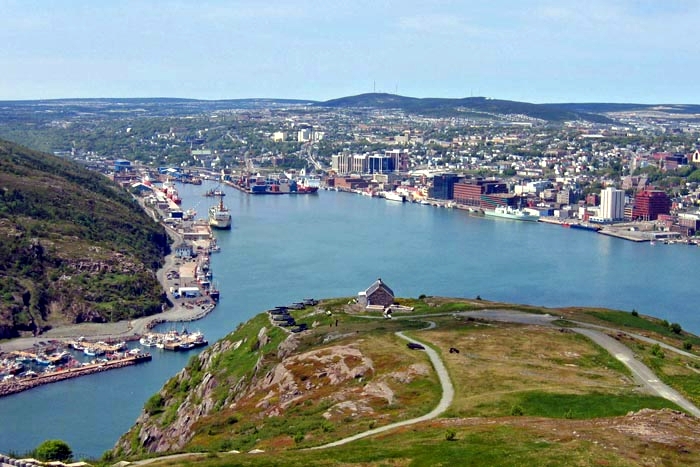 Gilbey Town, the capital city of South Pharos Republic (SPR) has a population of 257.366 people (2025 census). Founded as Attalia and renamed in the 12th century AD by the British nobles that settled in the area, Gilbey Town is a major center in South-west Pharos, both in terms of history and economy.
Gilbey Town, the capital city of South Pharos Republic (SPR) has a population of 257.366 people (2025 census). Founded as Attalia and renamed in the 12th century AD by the British nobles that settled in the area, Gilbey Town is a major center in South-west Pharos, both in terms of history and economy.
-----------------------------------------------------------------------------------------------------------------------------
Oamaru
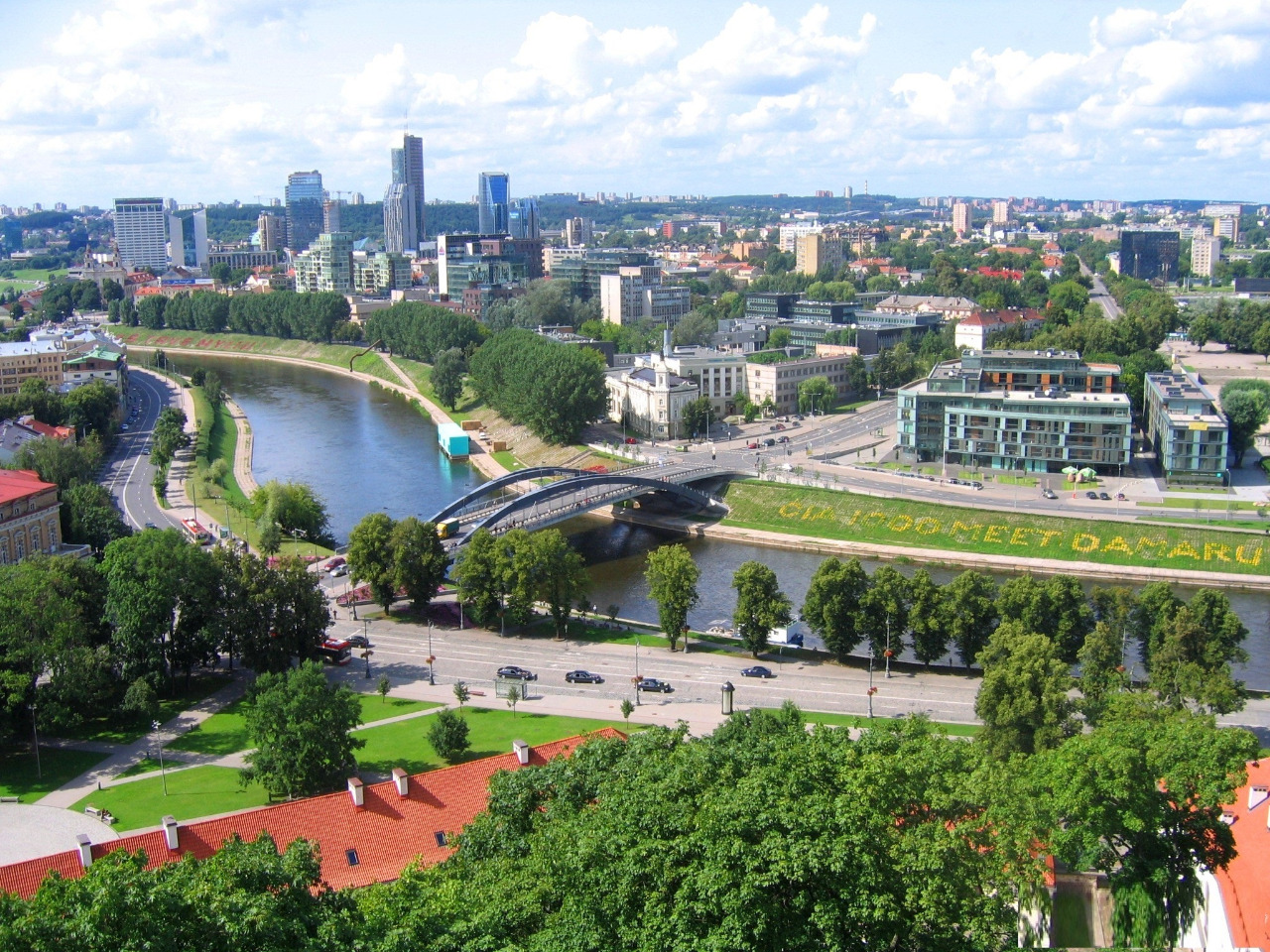 Oamaru is the capital city of the Land of Hinji with a population of 327.383 people (2025 census). It is named after the major Maori settlement in New Zealand, following the relocation of the Maori to Pharos in the 19th century. It is the 6th largest city in Pharos.
Oamaru is the capital city of the Land of Hinji with a population of 327.383 people (2025 census). It is named after the major Maori settlement in New Zealand, following the relocation of the Maori to Pharos in the 19th century. It is the 6th largest city in Pharos.
-----------------------------------------------------------------------------------------------------------------------------------------
Trandor
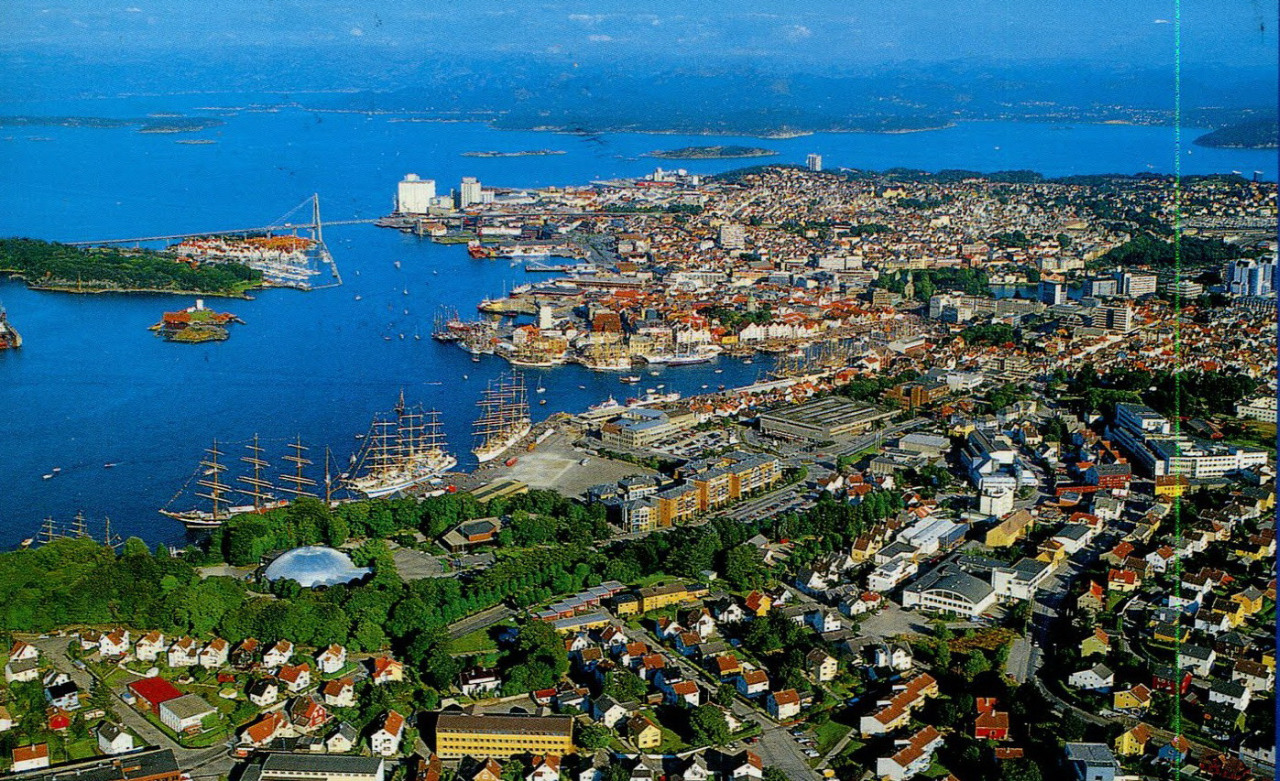 Trandor is the capital of Aurora. Its population is 237.958 people (2025 census), making Trandor the 10th largest city in Pharos.
Trandor is the capital of Aurora. Its population is 237.958 people (2025 census), making Trandor the 10th largest city in Pharos.
------------------------------------------------------------------------------------------------------------------------------------------
Holborn
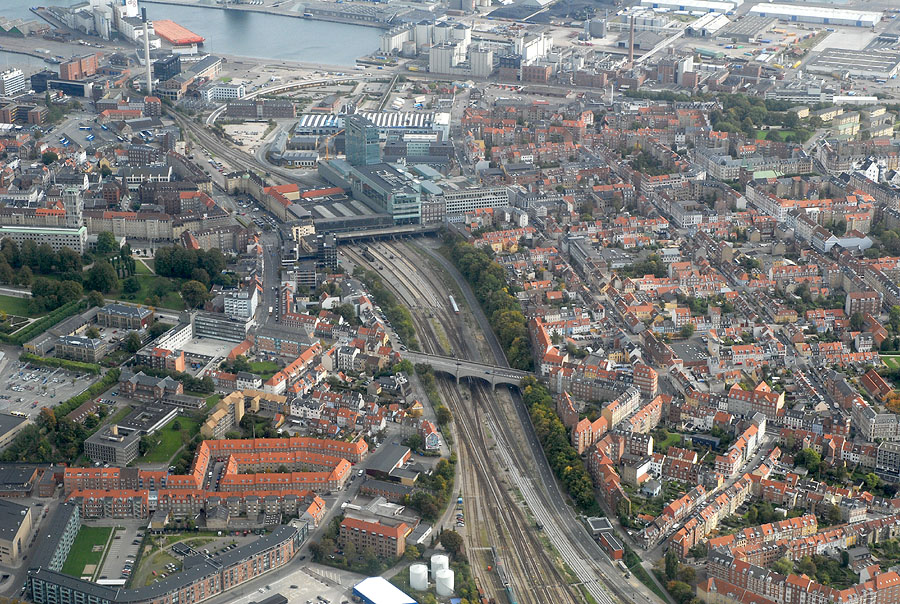 Holborn is the capital city of Diceland with a population of 265.147 people (2025 census). It is a major port and a shipbuilding city. It is also considered the intellectual capital of Pharos.
Holborn is the capital city of Diceland with a population of 265.147 people (2025 census). It is a major port and a shipbuilding city. It is also considered the intellectual capital of Pharos.
------------------------------------------------------------------------------------------------------------------------------------------
Corel
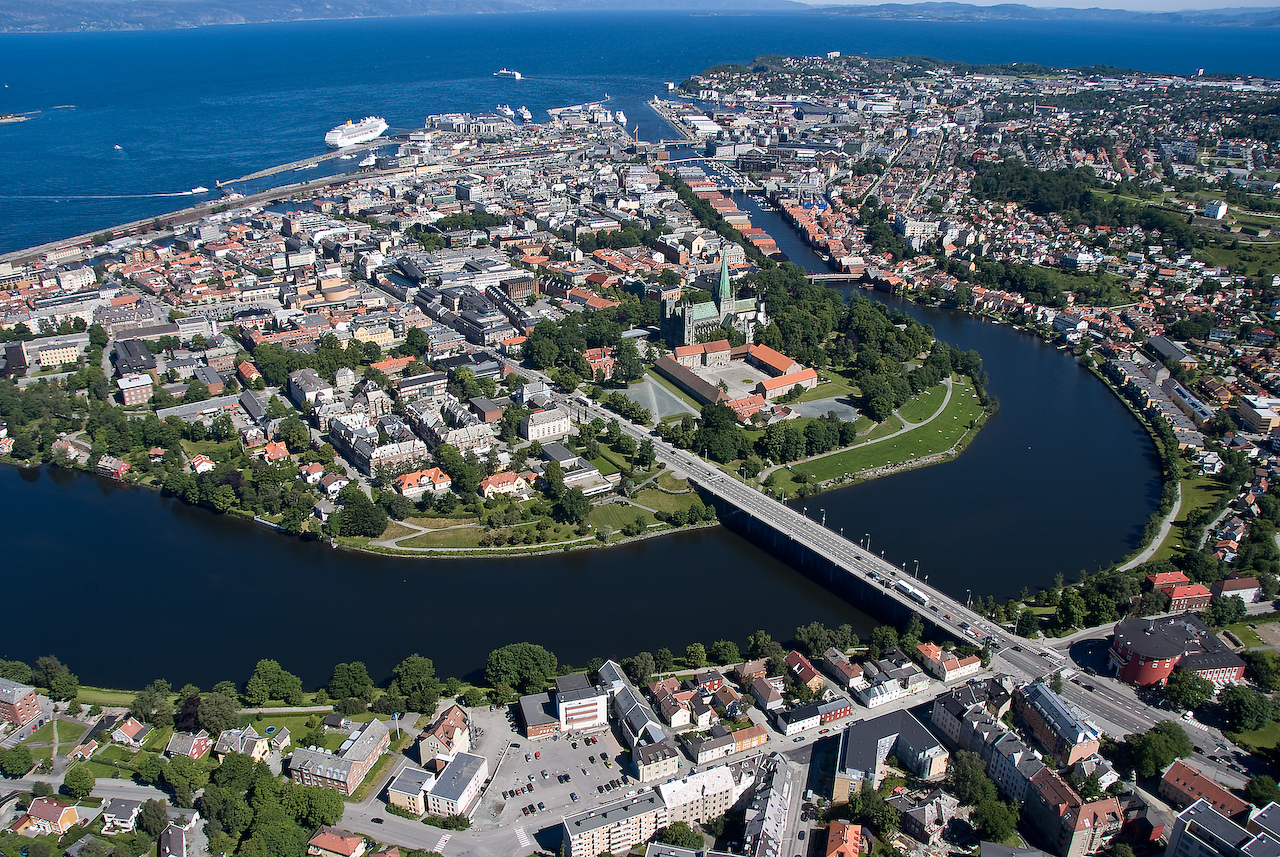 Corel is the 3rd largest city in Aurora, located in the southern part of the state at the mouth of the river Vaal. The city of Corel is situated on an island - Lisl island - but the Vaal delta residues has over the time connected the island to the mainland. It has a population of 191.176 people (2025 census) and is the second most populous city in Aurora and the 13th in Pharos.
Corel is the 3rd largest city in Aurora, located in the southern part of the state at the mouth of the river Vaal. The city of Corel is situated on an island - Lisl island - but the Vaal delta residues has over the time connected the island to the mainland. It has a population of 191.176 people (2025 census) and is the second most populous city in Aurora and the 13th in Pharos.
--------------------------------------------------------------------------------------------------------------------------------------------------
Cress
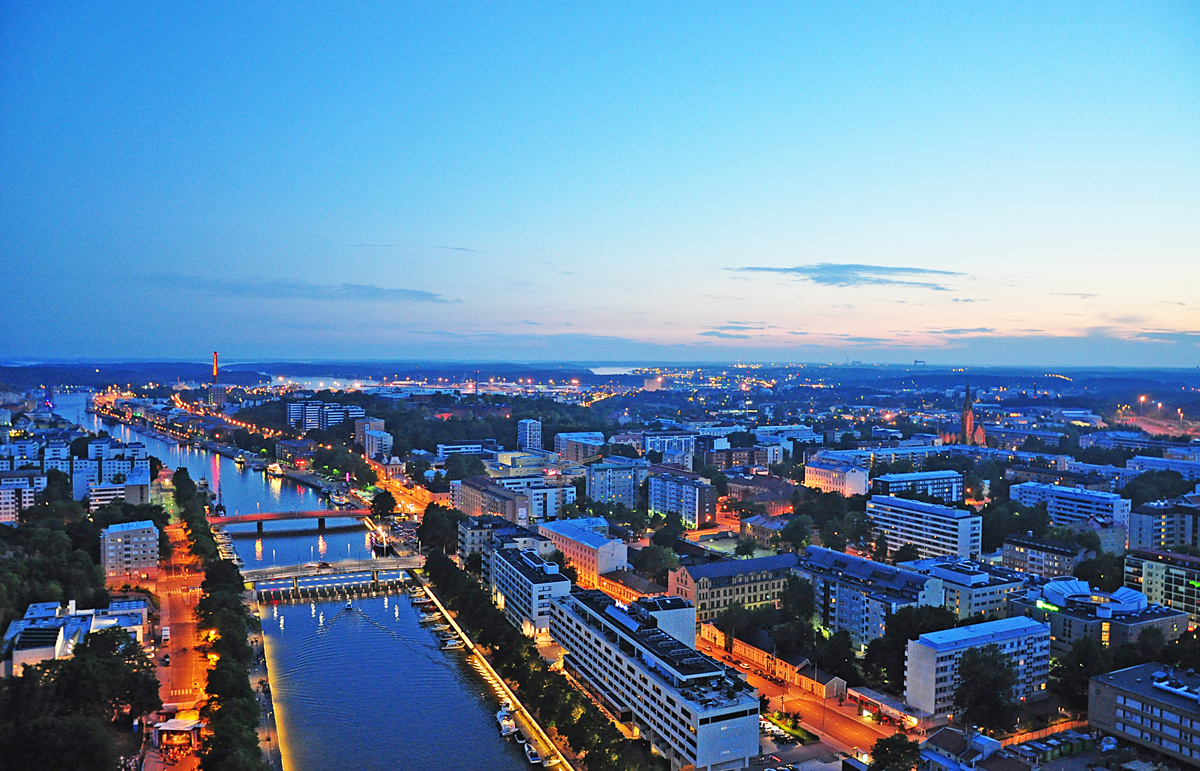 Cress is the 2nd largest city in Diacria with a population of 214.737 (2015 census). It was founded in the late 2nd century BCE by the name of Khorton. Because of its long history it has been the site of many important events and has extensively influenced Pharonian history.
Cress is the 2nd largest city in Diacria with a population of 214.737 (2015 census). It was founded in the late 2nd century BCE by the name of Khorton. Because of its long history it has been the site of many important events and has extensively influenced Pharonian history.
---------------------------------------------------------------------------------------------------------------------------------------------------------
Terminus
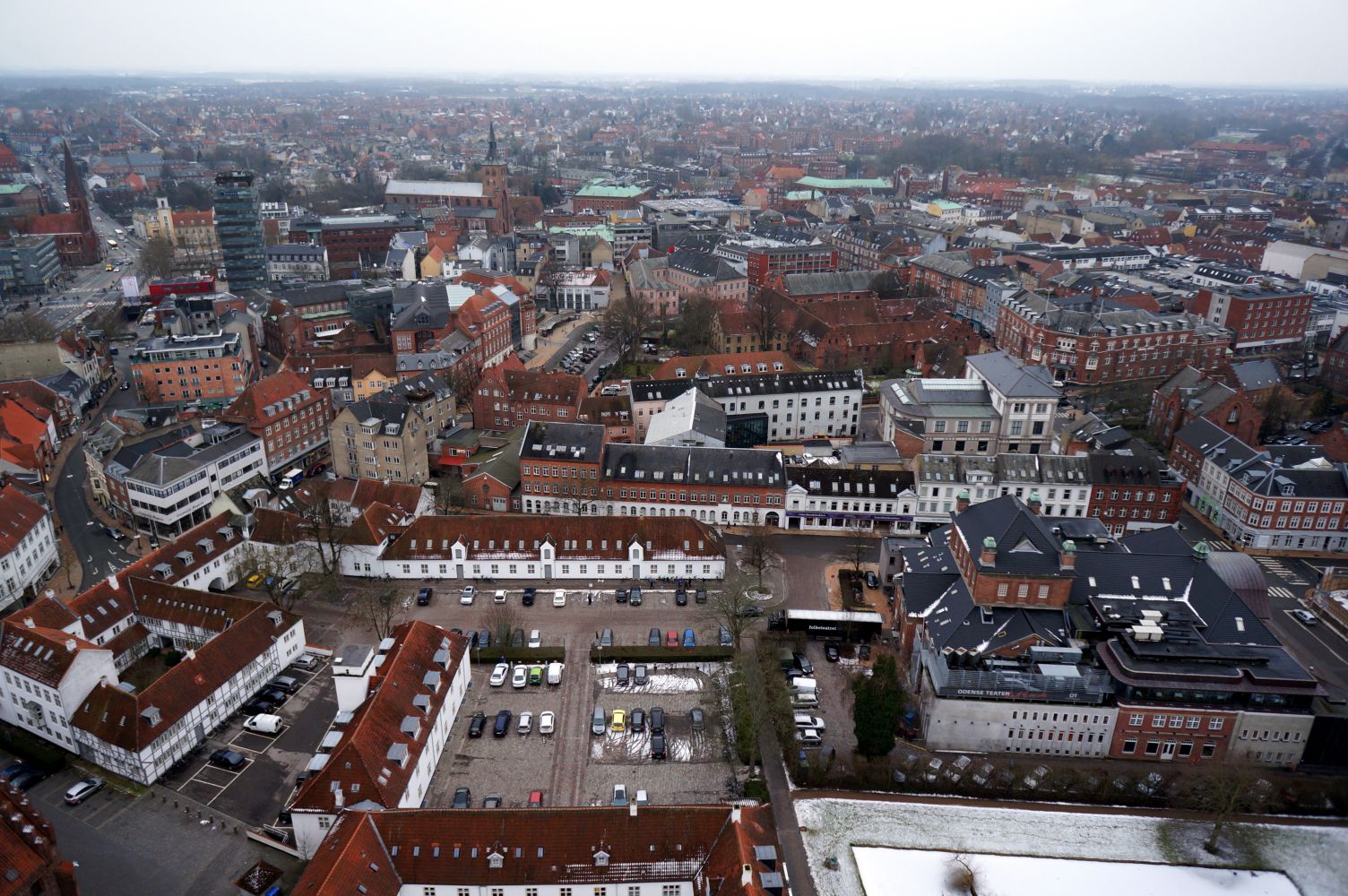 Terminus is the 2nd largest city in Aurora and the 13th in Pharos. It is the main municipality in the island of Foundation, connected with the main Pharos Island through the Foundation Bridge. It has a population of 222.110 people (2025 census). It was the capital city of Aurora between 1707 and 1836.
Terminus is the 2nd largest city in Aurora and the 13th in Pharos. It is the main municipality in the island of Foundation, connected with the main Pharos Island through the Foundation Bridge. It has a population of 222.110 people (2025 census). It was the capital city of Aurora between 1707 and 1836.
--------------------------------------------------------------------------------------------------------------------------------------------------------------
Deltalene
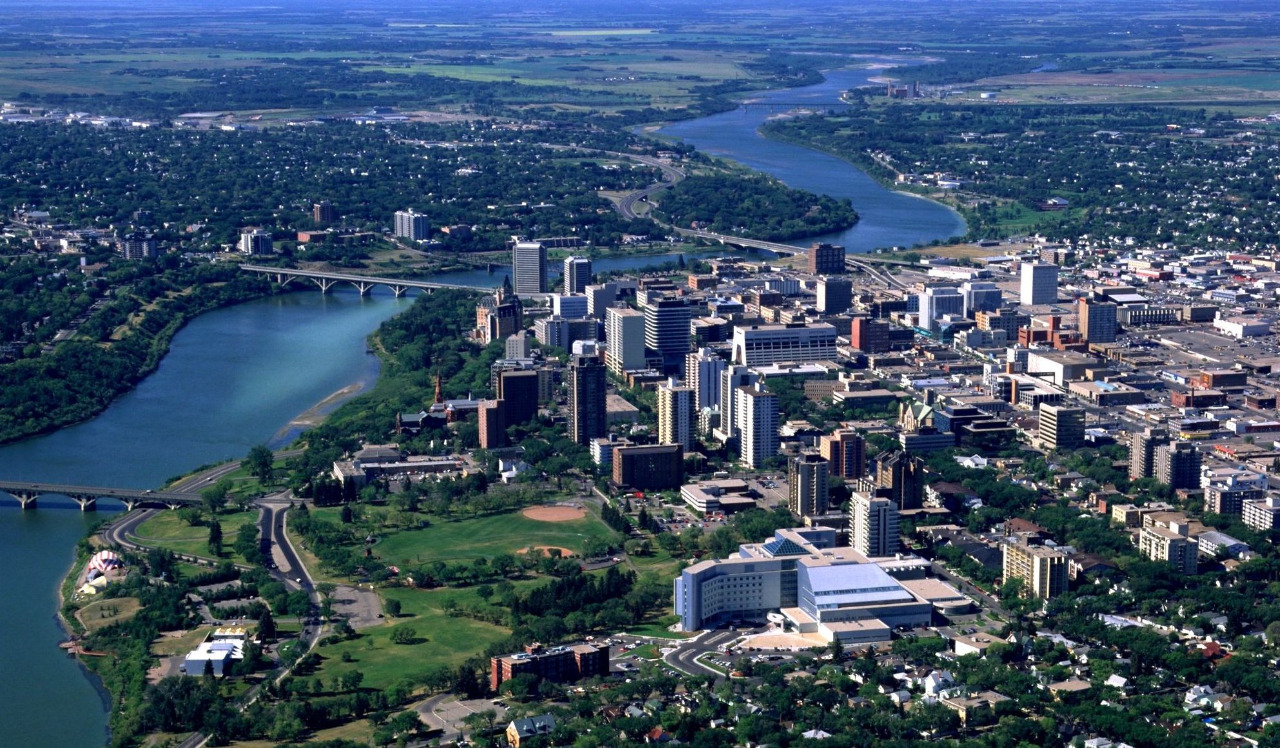 Deltalene is the second largest city in Concordia and the 12th larger in Pharos. It has a population of 222.323 people (2025 census). The name Deltalene was given to the city by the British noble Select, the 3rd lord of Deltalene. It is also popularly described as the "Bridge City", for its 8 river crossings.
Deltalene is the second largest city in Concordia and the 12th larger in Pharos. It has a population of 222.323 people (2025 census). The name Deltalene was given to the city by the British noble Select, the 3rd lord of Deltalene. It is also popularly described as the "Bridge City", for its 8 river crossings.
Economy
Main article: Pharonian Economy
Pharos has rich resources of oil, natural gas, hydroelectric and marine power, minerals and forests and is one of the large exporters of seafood in the world. Other major industries include shipping, food processing, electronics, the metal industry, mining, fishing, and the pulp and paper products from forests.
Pharonians enjoy the second highest GDP per-capita (after Luxembourg) and third highest GDP (PPP) per-capita in the world. Pharos maintained first place in the world in the UNDP Human Development Index (HDI) for six consecutive years (2001-2006), and then reclaimed this position in 2009 and 2010.

The Pharonian economy is an example of a mixed economy, a prosperous capitalist welfare state featuring a combination of free market activity and large state ownership in certain key sectors. The state has large ownership positions in key industrial sectors, such as the strategic petroleum sector (ARP, Atlantic Ridge Petroleum), hydroelectric energy production (PHP, Pharos Hydro Power), marine energy production (PMAP, Pharos Marine Automatic Power) and ore production (MMO, Monteneros Mineral Operations). It is also the main owner of the largest Pharonian bank (PNB, Pharos National Bank), the airline Air Pharos and of one of the largest telecommunication providers (TelePro). Through these big companies, the government controls approximately 30% of the stock values at the Nobel Stock Exchange. When non-listed companies are included, the state has even higher share in ownership (mainly from direct oil license ownership). Pharos is also a major shipping nation and has the world's 8th largest merchant fleet, with 1,012 Pharonian-owned merchant vessels.
A referendum on 24 September 1993 indicated that the Pharonian people wished to remain outside the European Union (EU). However, Pharos, together with Norway, Iceland and Liechtenstein, participates in the European Union's single market via the European Economic Area (EEA) agreement. The EEA Treaty between the European Union countries and the EFTA countries describes the procedures for implementing European Union rules in Pharos and the other EFTA countries. This makes Pharos a highly integrated member of most sectors of the EU internal market. However, some sectors, such as agriculture, oil and fish, are not wholly covered by the EEA Treaty. Pharos has also acceded to the Schengen Agreement and several other intergovernmental agreements between the EU member states.
 The country is richly endowed with natural resources including petroleum, hydropower and marine power, fish, minerals and forests. Large reserves of petroleum and natural gas were discovered in Pharos' continental shelf in the southwest of the island in the 1980s, which led to a boom in the economy. Export revenues from oil and gas have risen to 45% of total exports and constitute more than 20% of the GDP. Pharos is the fifth largest oil exporter and fourth largest gas exporter in the world, but it is not a member of OPEC. To reduce over-heating in economy from oil revenues and minimize uncertainty from volatility in oil price, and to provide a cushion for the effect of aging of the population, the Pharonian government in 1999 established the sovereign wealth fund ("Government Pension Fund "), which would be funded with oil revenues, including taxes, dividends, sales revenues and licensing fees.
The country is richly endowed with natural resources including petroleum, hydropower and marine power, fish, minerals and forests. Large reserves of petroleum and natural gas were discovered in Pharos' continental shelf in the southwest of the island in the 1980s, which led to a boom in the economy. Export revenues from oil and gas have risen to 45% of total exports and constitute more than 20% of the GDP. Pharos is the fifth largest oil exporter and fourth largest gas exporter in the world, but it is not a member of OPEC. To reduce over-heating in economy from oil revenues and minimize uncertainty from volatility in oil price, and to provide a cushion for the effect of aging of the population, the Pharonian government in 1999 established the sovereign wealth fund ("Government Pension Fund "), which would be funded with oil revenues, including taxes, dividends, sales revenues and licensing fees.
Also in the early 2000's the federal controlled PHP and PMAP developed and deployed an innovated system that would resolve the island's energy demand: a field of underwater turbines placed 300 meters under the center of the core of the Gulf Stream, obtaining in this manner the equivalent of 500 GW.
Pharos has obtained one of the highest standards of living in the world, in part by having a large amount of natural resources compared to the size of the population. The Pharonian welfare state makes public health care free, and parents have 12 months paid parental leave. The income that the state receives from natural resources includes a significant contribution from petroleum production and the substantial and well-managed income related to this sector. Pharos has a very low unemployment rate, currently 3.1%. The hourly productivity levels, as well as average hourly wages in Pharos are among the highest in the world. The egalitarian values of the Pharonian society ensure that the wage difference between the lowest paid worker and the CEO of most companies is much smaller than in comparable western economies. This is also evident in Pharos' low Gini coefficient.
Cost of living is about 30% higher in Pharos than in the United States and 50% higher than the United Kingdom. The standard of living in Pharos is among the highest in the world. Foreign Policy Magazine ranks Pharos last in its Failed States Index for 2009, judging Pharos to be the world's most well-functioning and stable country. Continued oil and gas exports coupled with a healthy economy and substantial accumulated wealth lead to a conclusion that Pharos will remain among the richest countries in the world in the foreseeable future.
Transportation
Transportation in Pharos is modern and infrastructure spending has been large. Railways are a major means of passenger transportation, especially for mass and high-speed transport between major cities and for commuter transport in metropolitan areas. Seven Pharonian Railways Group companies, once state-owned until mid 1990's, cover most parts of Pharos. There also are railway services operated by private rail companies, state governments, and companies funded by both state governments and private companies. Pharonian trains are also famous for always being on time.
Most people in Pharos traveled on foot or carriages until the later part of the 19th century. The first railway was built between Nobel and Victoria in 1872 and many more developed. Pharos now has one of the worlds most developed transportation networks. Mass transportation is well developed in Pharos. Zinlauf trains are the high speed trains in Pharos and they are known as bullet trains. About 250 Zinlauf trains operate daily. The fastest Zinlauf trains are the N700 series Imozon, which operate at a maximum speed of 300 km/h. Zinlauf trains are known to be very punctual. A train is recorded as late if it does not arrive at the specified time. In 2009, the average delay per train on the DTS Zinlauf was 6 seconds!

Major cities like Hilvar, Nobel, Mandras, Villemstad, Victoria, Trandor, Corel, Satemberg, Holborn and Hammerfest all have subway systems. Pharos has 454,207 km of highways with 375,003 km (including 18,114 km of expressways) paved and 79,204 km of unpaved ways (2007 estimate). A single network of high-speed, divided, limited-access toll roads connects major cities. Road passenger and freight transport expanded considerably during the 1980s as private ownership of motor vehicles greatly increased along with the quality and extent of the nation's roads. Bus companies operate long-distance bus service on the nation's expanding expressway network. In addition to relatively low fares and deluxe seating, the buses are well utilized because they continue service during the night, when air and train service is limited.


The cargo sector grew rapidly in the 1980s, recording 182.2 billion tonne-kilometres in 2000. The freight handled by motor vehicles, mainly trucks, in 2009, was over 4 billion tonnes, accounting for 90 percent of domestic freight tonnage and about 50 percent of tonne-kilometres. Recent large infrastructure projects were the construction of the Foundation Island Bridge and the Inter-Monteneros Line Highway (opened 1997). Although road fatalities have been decreasing due in part to stricter enforcement of drink driving laws, 2008 still saw 5,358 deaths on Pharonian roads.
Pharos has eight main international airports: Hilvar Capital Airport, Nobel International Airport, Villemstad Norse Airport, Gilbey Town Airport, Satemberg Diacria Airport, Trandor International Airport, Victoria Marine Airport and Mandras West Airport.
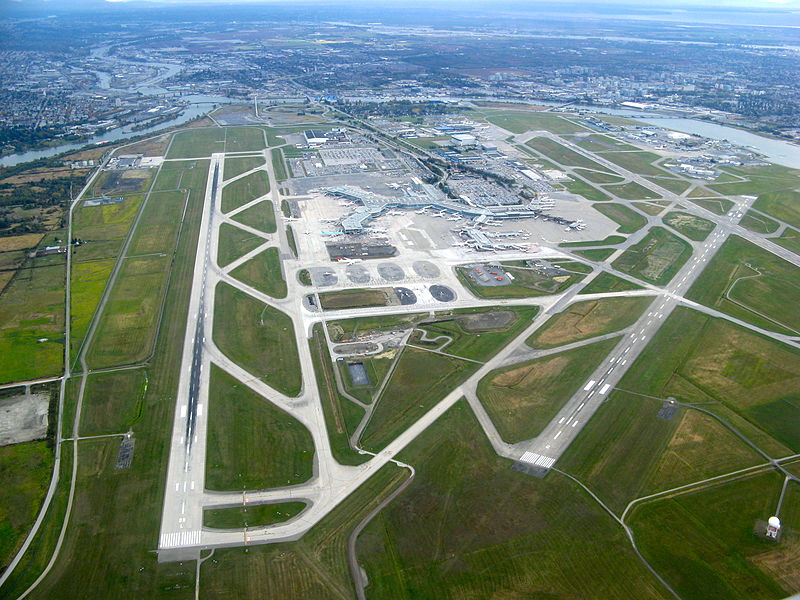
Nobel Airport is the busiest of these, carrying over 22 million passengers per year. All provide services to continental Europe as well as transatlantic services. For several decades, Mandras West Airport was an important refueling point for transatlantic routes. In recent years it has opened a pre-screening service allowing passengers to pass through US immigration services before departing from Pharos. There are also several regional airports in Oamaru, Hammerfest, Holborn, Eptapolis, Corel, Terminus, Cress, Schottegut, Alma and Tilbruck. Domestic airfields are located in several smaller towns. Scheduled services from these regional points are in the main limited to flights traveling to other parts of Pharos. The main airline operator based in Pharos is publicly owned Air Pharos. Other private Pharonian airlines, operating mainly on the domestic air market (some of them have also flights to Britain, Iceland, France and the US and Canada) are Skyservice Airlines, Air Transat, Central Mountain Air, Sunwing Airlines and West Jet.
 The island of Pharos serves as a midway point for the transatlantic ship routes from Northern Europe to USA and Canada. Nobel, Mandras and Victoria are the main gateways by sea with the largest and busiest commercial and passenger ports. Pharos is the fifth largest beneficial ship owning country, with 5% of the world's fleet; though a high portion of these are registered in flags of convenience, Pharos has 15 million gross tonnes of ships under its flag. The government has created an internal register, the Pharonian International Ship Register (PISR), as a subset of the Pharonian Ship Register; ships on the PISR enjoy many benefits of flags of convenience and do not have to be crewed by Pharonians. Fast ferries operate many places where it is quicker to follow the waterways than the roads; all smaller islands are served by water buses. Public transport by ship transported eight million passengers 273 million passenger kilometers in 2007. International cruise ferries operate from Eastern Pharos (mainly Victoria and Nobel) to the United Kingdom, France, Spain and Portugal and from Mandras to the USA and Canada.
The island of Pharos serves as a midway point for the transatlantic ship routes from Northern Europe to USA and Canada. Nobel, Mandras and Victoria are the main gateways by sea with the largest and busiest commercial and passenger ports. Pharos is the fifth largest beneficial ship owning country, with 5% of the world's fleet; though a high portion of these are registered in flags of convenience, Pharos has 15 million gross tonnes of ships under its flag. The government has created an internal register, the Pharonian International Ship Register (PISR), as a subset of the Pharonian Ship Register; ships on the PISR enjoy many benefits of flags of convenience and do not have to be crewed by Pharonians. Fast ferries operate many places where it is quicker to follow the waterways than the roads; all smaller islands are served by water buses. Public transport by ship transported eight million passengers 273 million passenger kilometers in 2007. International cruise ferries operate from Eastern Pharos (mainly Victoria and Nobel) to the United Kingdom, France, Spain and Portugal and from Mandras to the USA and Canada.
Education
Pharos has a public educational system, funded and overseen by federal and local governments. Education is within state jurisdiction and the curriculum is overseen by the state. The Pharonian school system can be divided into three parts: elementary school (age 6-13), lower secondary school (age 13-16), and upper secondary school (age 16-19). Within the states under the ministry of education, there are district school boards administering the educational programs. Education is compulsory up to the age of 16 in every state in Pharos. In some states early leaving exemptions can be granted under certain circumstances at 14. Pharos generally has 190 school days in the year, officially starting from September to the end of June (usually the last Friday of the month).
Students almost always have to change school when they enter lower secondary school and upper secondary school, as most schools only offer one of the levels. Public education is virtually free, with an academic year with two semesters, from September to December and from February to June, with a long winter brake during Christmas through late January. The ultimate responsibility for the education lies with the Pharonian Ministry of Education. In the first year of primary school (grades 1-2), the students are mostly playing educational games, learning social structures, learning the alphabet, basic addition and subtraction, and basic English and Pharonian language skills. In grades 3 through 7, they are introduced to mathematics, English, Pharonian, science, esthetics and gymnastics, complemented by geography, history, and social studies in the last grades. No official grades are given at this level, however, the teacher often writes a comment - analysis and sometimes an unofficial grade on tests. Tests are to be taken home and shown to parents.
When the students enter lower secondary school (grades 8-10, age 13-16), they begin getting grades for their work. The grades they get will determine whether they get accepted at their high school of choice or not. From the eighth grade, the students can choose one elective. Typical subjects the students are offered are
the languages French and Spanish as well as additional English and Pharonian studies or a practical elective instead of the languages. A student may take the Grade 10 exam in a particular subject however early as long as he or she has been granted an exemption from further instruction in the elementary/middle school curriculum of that subject. In 2009, Pharonian 15 year olds performed better in OECD's Program for International Student Assessment than other European countries.


Upper secondary school (akin to high school, grades 11-13, age 16-19) is 3 years of optional schooling, although recent changes to society (few jobs available for the age group) and law (government required by law of 1994 to offer secondary schooling in one form or another to everyone between 16 and 18 who submit the application form) has made it largely unavoidable in practice.
Secondary education
in Pharos is primarily based on public schools. In 2007, 93% of upper secondary
school students attended public schools. Until 2005, Pharonian law held private
secondary schools to be illegal. The first "standard" private upper
secondary schools opened in the fall of 2005. Since the introduction of a
reform in 2005 called "the knowledge promotion", a student will apply for a
general studies or a vocational studies path. Inside these main paths there are
many sub-paths to follow. The new reform makes the incorporation of IT into the
schooling mandatory, and all institutions offer laptops to general studies
students for free or for a small fee. The system also makes it harder to switch
betweens electives that you take in the second and third year in the general
studies path. Post-secondary education in Pharos is also the responsibility of the individual states. Those governments provide the majority of funding to their public post-secondary institutions, with the remainder of funding coming from tuition fees, the federal government, and research grants. Compared to other countries in the
past, Pharos has had the highest tertiary school enrollment as a percentage of their graduating population.


Higher education in Pharos is offered by a range of 11 universities, 20 specialized colleges, 25 university colleges as well as a range of private colleges. Higher education is anything beyond upper secondary school, and normally lasts 3 years or more. To be accepted to most higher education you must have attained a general university admissions certificate. This can be achieved by taking general studies while in upper secondary school or through the law of 23/5 where a
person must be above 23 years of age, have 5 years of combined schooling and work experience and have passed exams in language, mathematics, natural sciences and social studies. Some degrees also require special electives in second and third grade (e.g. math and physics for engineering studies).
Higher education is broadly divided into:
· Universities, which concentrate on theoretical subjects (arts, humanities, natural science). Supplies bachelor (3 yrs), master (5 yrs) and PhD (8 yrs) titles. Universities also run a number of professional studies, including law, medicine, dentistry, pharmacy and psychology, but these are generally separate departments that have little to do with the rest of the university institution.
· University colleges, which supply a wide range of educational choices, including university bachelor degrees, engineering degrees and professional vocations like teacher and nurse. The grade system is the same as it is for universities.
· Private colleges, which tend to specialize in popular subjects with limited capacity in public schools, such as business management, marketing or fine arts. Private schools do not loom large on the horizon.

